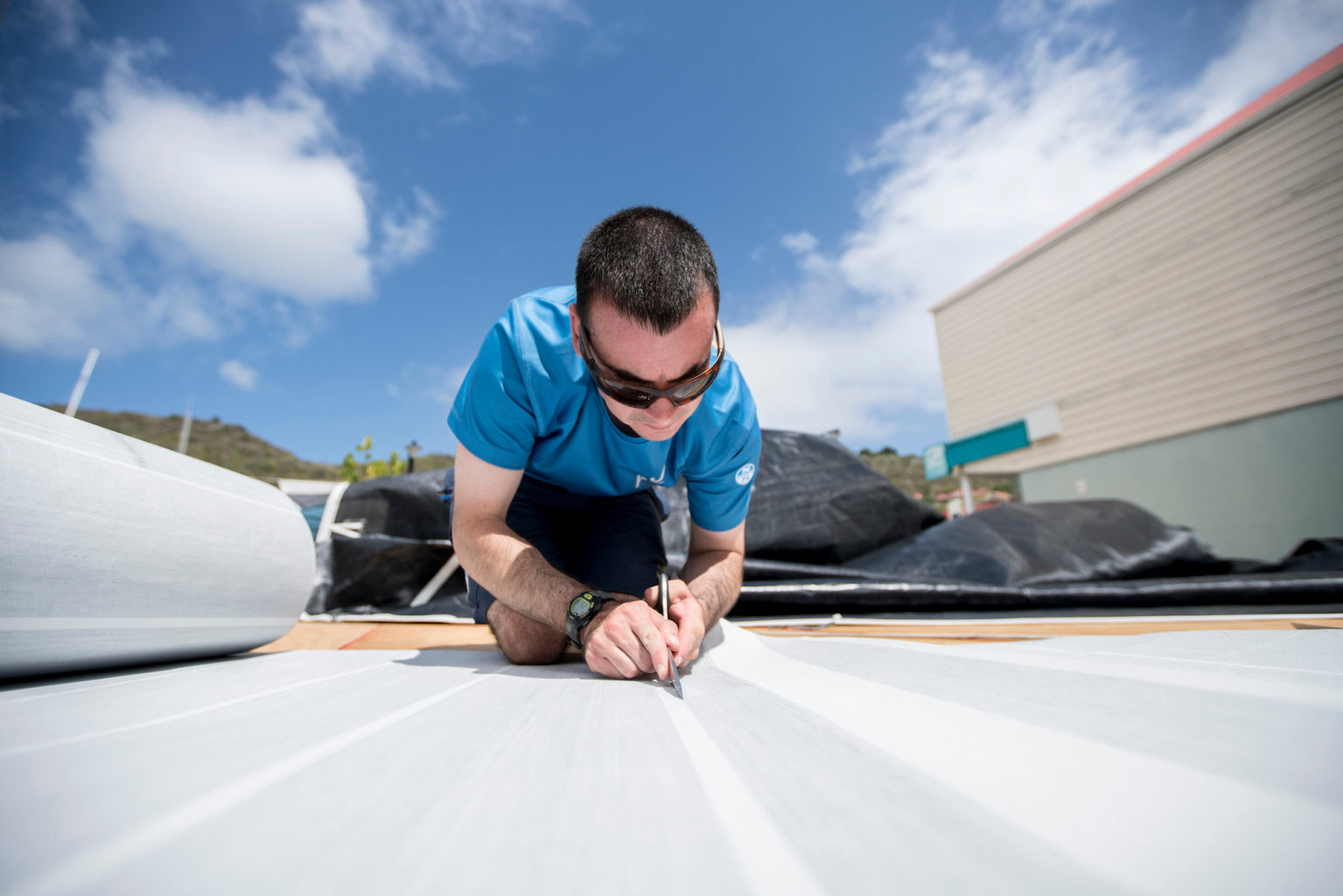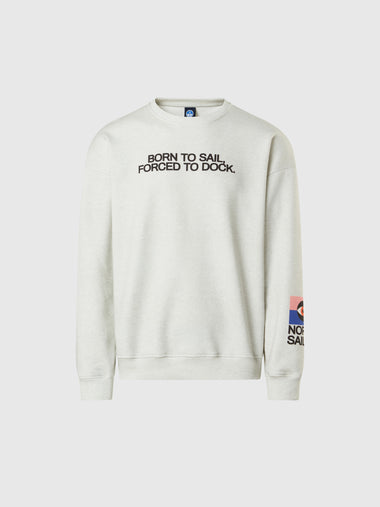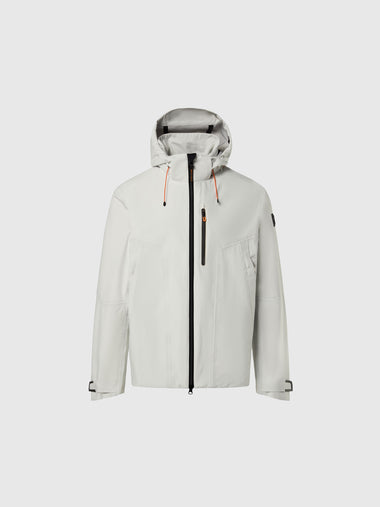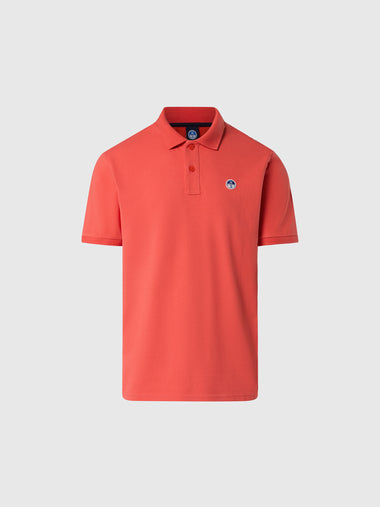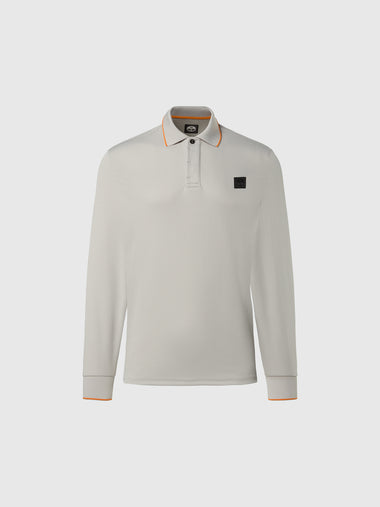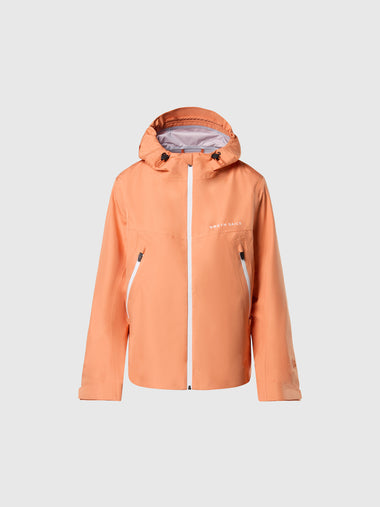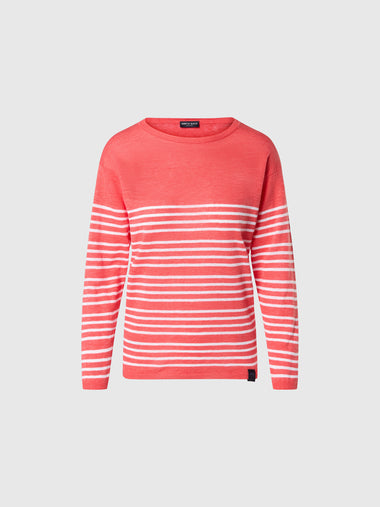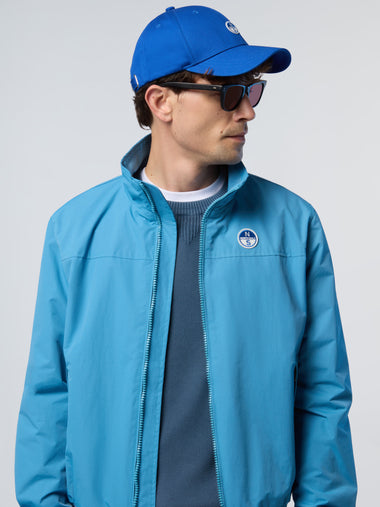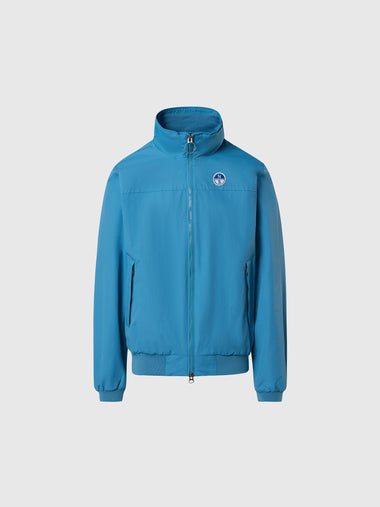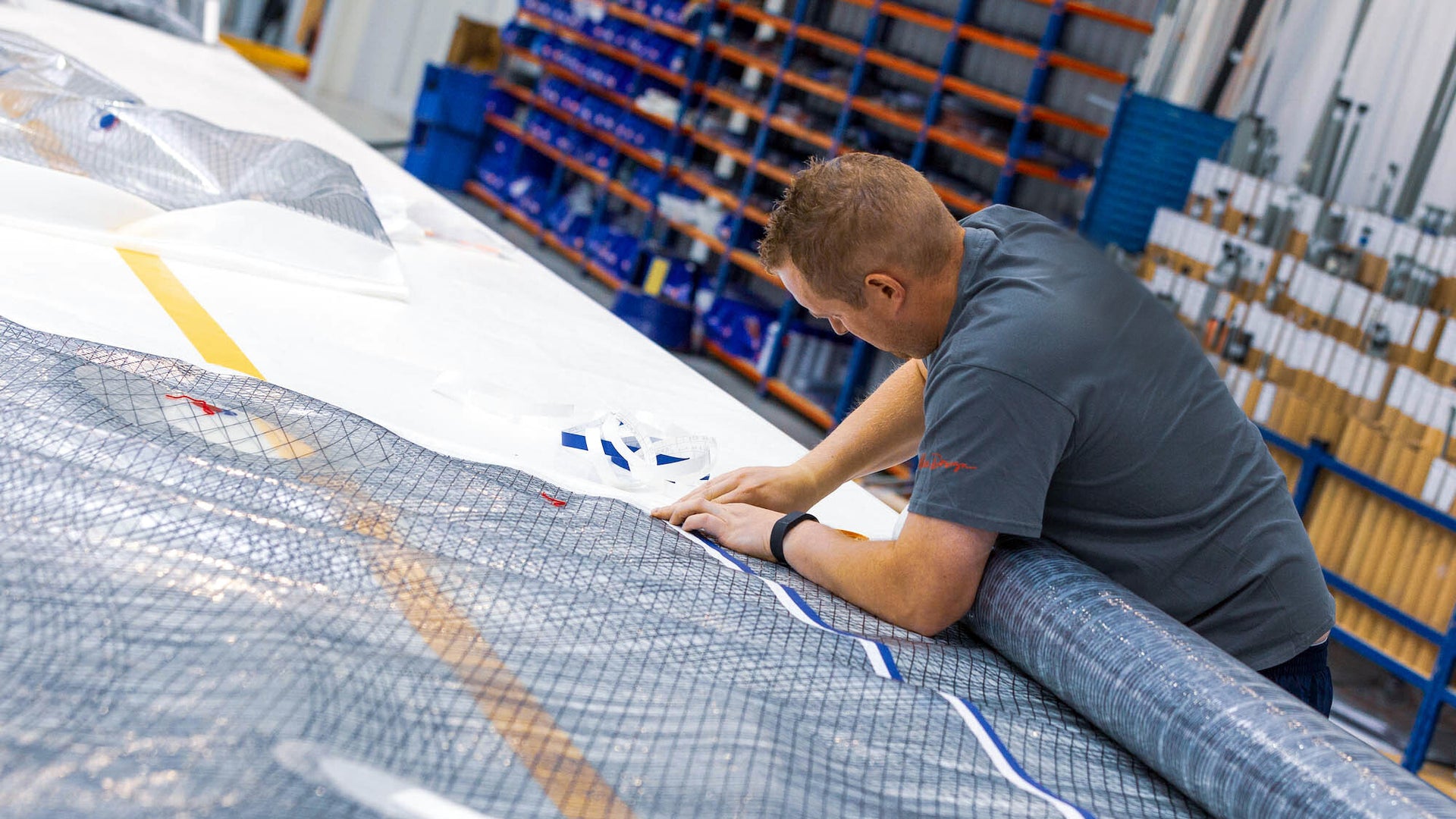SAIL RECUTS & ALTERATIONS
SAIL RECUTS & ALTERATION METHODS
Benefits, Usage, and Common Examples

We don’t hear much about sail recutting and alterations, although it is still a big part of the sailmaking world. Because sail fabrics have improved dramatically over the years with sail shape holding and chafe-free components (like 3Di), the days of major recuts are not as prominent as they were in the days of strictly laminates, Dacron, and polyester sail materials. However, many clients worldwide are getting sail alterations, and altering sail shape has not only helped them optimize their inventory, it has given new life to sails that are in perfectly usable condition, but perhaps retired from high-level racing programs.
Noel Drennan, One Design Manager based in Sydney, Australia commented; “In the early days of Dacron and Kevlar cloth, racing yachts required constant recutting to keep the sails close to their original racing shape– and we are glad those days are over!”
Why a recut?
Recutting a racing sail usually starts with getting a photograph of the sail while the sail is in use while sailing in its correct wind range. We take a series of sail scan images from the foot up and compare those images to its original, intended flying shape. The measurements are also compared to the original dimensions so we know what has changed in sail shape.
The principles of recutting to keep the sails at premium racing shape is still the same as the old days but the recut is substantially less often and down to the smallest increments of change required, which is a fraction of what it used to be with only traditional sail materials.
North Sails 3Di has an incredible composite structure which prevents delamination like that of a string-type sail. Delamination is another common reason why a client would request a recut. Noel comments; “It’s nice to know that any reshaping or alterations of your sail is not wasted on a failing base structure, rather the normal up-keep and maintenance required to help a materials lifespan.”

Ben Costello, Service Manager based in Auckland, New Zealand comments; “Sometimes getting a sail recut from another boat to fit is a great option. For some owners, a new 3Di type product for racing may be above their budget, but because many high-level grand prix teams (often found in the TP52 fleet) replace their sails more frequently, it doesn’t mean their one-year old sails are no longer usable or have lost integrity. Their sails still have plenty of life left, and are perfect for a club racing team that has a tighter budget. A small recut or luff curve adjustment to get the sail to fit their type of boat can be cost effective and can help the team achieve more speed and better results.”
With restricted class rules, when it comes to the number of sails, recutting is a great way to get the most of what you already have, just slightly modified to be class approved/ or better usage potential instead of going out and buying a completely new sail. This also applies to boat owners who find themselves with a similar boat but slightly different. If it’s close to the same size, and same luff and foot dimensions, the sail can most likely be recut to fit the new boat, or made into something that the new boat can use.
Examples of common recuts
Common recuts consist of horizontal cuts or seam alterations, also referred to as ‘moon pie’ alterations which are either lengthening the material or taking up (cutting shorter). When a sail has seen three or more seasons, this is when this type of recut would most commonly take place as the sail has experienced extensive UV exposure and shrinkage.
An example of a sail recut would consist of a larger grand prix style boat that wants to add a little luff curve to their light air headsail. When the sails are used more often, and for different things, it is not uncommon to see them in the loft to add a little bit of extra to certain areas of the sail, which in turn allows the increase in performance.

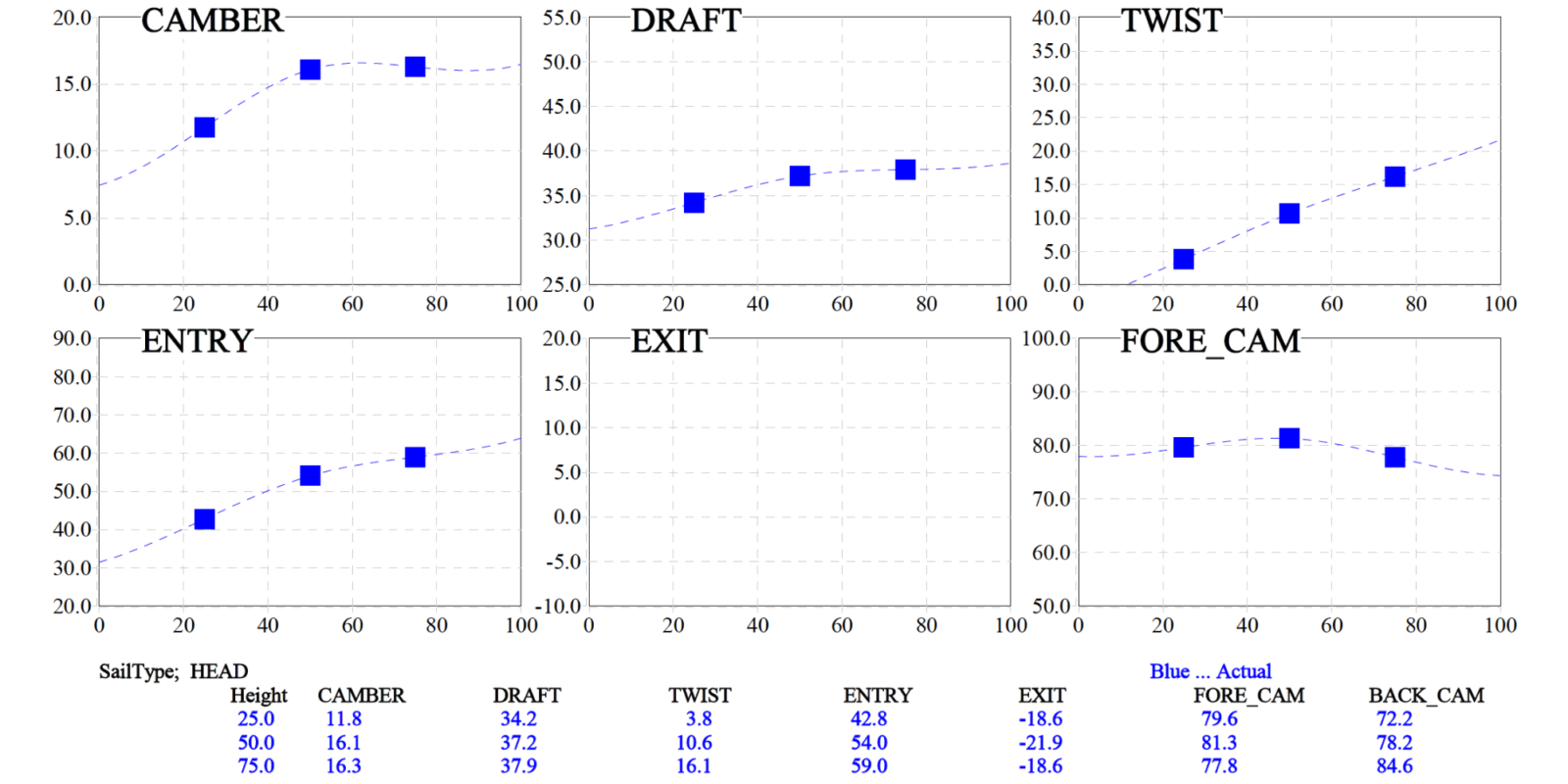
Standard sail recuts often occur every two years. For an older sail where the base material is still in good shape, a small recut can still make great improvements in performance. Everytime the sail is used, it causes wear of some kind. This can affect the shape of a sail; be it from hitting a stanchion on every tack, pressing on spreaders, maneuvering around radar, or even a mast light. These can cause the sail to hook or dump off on the leech-end. We can refer to a genoa for example. You could get a small take-up on the material under a patch which can easily help straighten the leech.
Another example of a sail recut would consist of a larger grand prix style boat that wants to add a little luff curve to their light air #1 jib/genoa. When the sails are used more often, and for different things, it is not uncommon to see them in the loft to add a little bit of extra to certain areas of the sail.
Ben comments; “Often we have customers that change their forestay set up to a furling system. This is when we would cut down the existing headsails to fit on the furler and then convert a racing jib to have a hollow-down near the tack to connect to the furling unit.
A common alteration we’ve seen lately is adding reefs to headsails to help fill in a gap that some boats have in their inventory, especially for shorthanded sailing where they need less sail area and reefing is easier to do underway than a full jib change. Sometimes clients get new masts, which mean they need to make their existing sails fit the new mast height. This is all part of maintaining balance of the boat, allowing more or less rake.”
Spinnakers often get resized for a variety of reasons. A more common scenario of this is reducing or increasing the sail area to fit the type and usage of the boat, to minimize or maximize power. A sail recut that would make the spinnaker smaller and more manageable, and be ideal when the boat sails shorthanded. Sometimes boats end up with kites that are made for larger boats. After testing it out, the client may realize it’s just too much and the boat is overpowered. This could entail simply removing a panel from the spinnaker to make it slightly smaller, and fit better into the size range for that size boat.


“An alteration we’ve done lately is adding reefs to headsails to help fill in a gap that some boats have in their inventory, especially for shorthanded sailing where they need less sail area and reefing is easier to do underway than a full jib change. Sometimes clients get new masts, which mean they need to make their existing sails fit the new mast height. This is all part of maintaining balance of the boat, allowing more or less rake.
Spinnakers often get resized for a variety of reasons. A more common scenario of this is reducing or increasing the sail area to fit the type and usage of the boat, to minimize or maximize power. A sail recut that would make the spinnaker smaller and more manageable , and be the result of having less hands onboard. Or maybe a client has a spinnaker for a slightly larger boat, and wants the kite to be a bit smaller so they are not overpowered. This could entail simply removing a panel from the spinnaker.
Sail recuts and alterations are as important as maintaining sail servicing, says Noel. “This is the best way to maximize the lifespan of your investment. Sail servicing should not be thought as just repairing tears in the cloth– it’s way more than that. It’s amazing what little changes we can make to sails by recutting that affects the overall performance of the boat and helps clients who are looking for some in between, competitive inventory options.”
